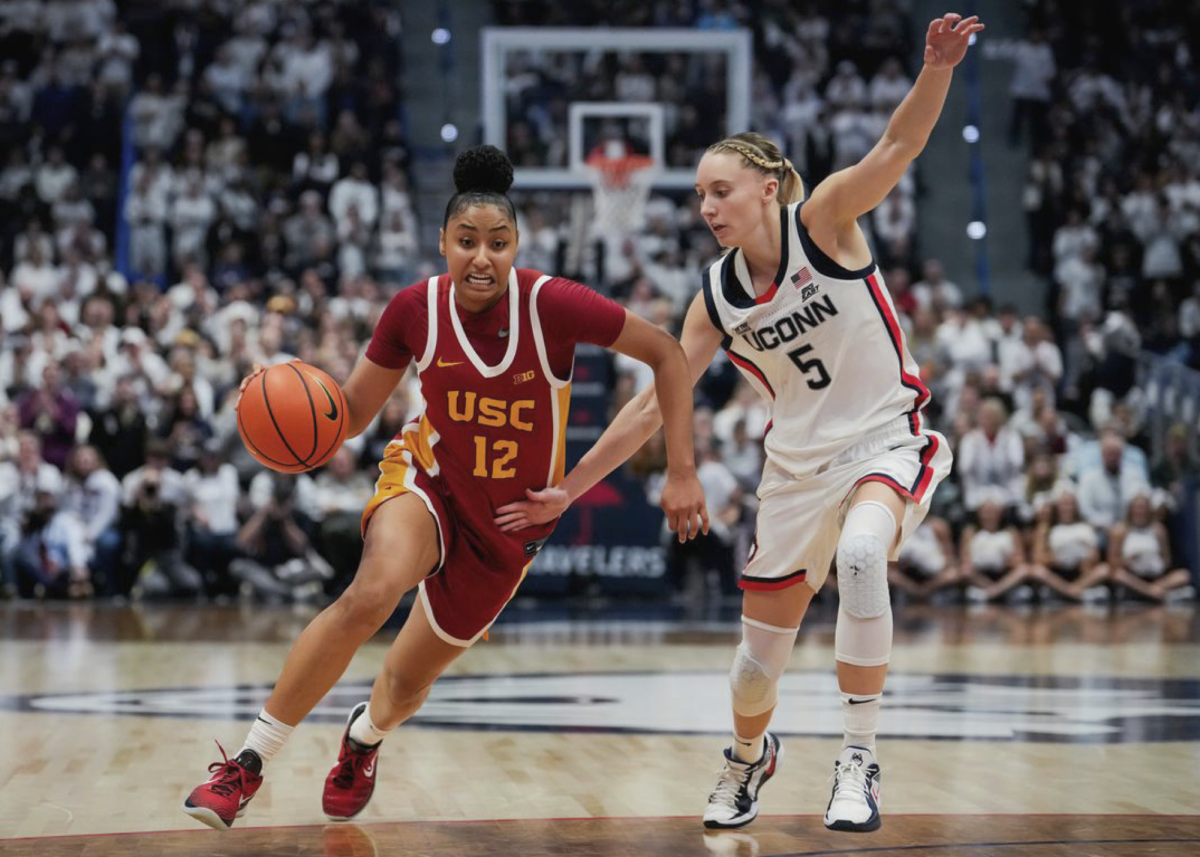On March 8, the National High School Sports Analytics Summit took place at the Boston Convention and Exhibition Center.
High school students Jayan Gandhi and Jai Malhotra, from Buckingham Browne and Nichols School and Milton Academy respectively, founded the National High School Sports Analytics Association (NHSSAA) in 2024.
Guests at this year’s summit included former National Basketball Association (NBA) player Shane Battier, author Michael Lewis, New England Revolution data analysts Simon Fisher and Will Johnson, Football Outsiders creator Aaron Schatz and Philadelphia 76ers President of Basketball Operations Daryl Morey.
The event opened with National Collegiate Athletic Association champion and two-time NBA champion Shane Battier, who shared a shocking statistic: he only touched the ball two percent of the time he was on the court. His coach, nonetheless, still trusted him to play in the fourth quarter of tight games alongside the legendary Lebron James and Dwyane Wade. To stand out, Battier tirelessly studied his opponents, memorizing their poor plays and weakest areas of the court. He also valued every microplay, such as getting back on defense, setting a pick or boxing out. Despite only averaging eight points per game, he was in the 97th percentile of the all-time plus-minus statistic, which measures points gained for team minus points lost for team in the NBA.
The idea of modern sports analytics, however, was pioneered in baseball — not basketball — by the Oakland Athletics during their 2002 season. Under general manager Billy Beane, the Athletics were able to use data science and analytics to field a highly competitive team with a low budget, posting an impressive 103 wins. Michael Lewis, a speaker at the NHSSAA conference, documented the season in a book, which was later made into the 2011 blockbuster film Moneyball.
When asked about the importance of Moneyball, Lewis states, “The heart of the book was that [The A’s] were picking up players who the market didn’t value. These players were being misvalued and overlooked, but then they were able to show their true talent. This applies for every person, in sports and out of sports.” Analytics allows for value to be found in what is normally overlooked, a concept Lewis believes isn’t just true for sports, but nearly anything in life.
In the world of sports today, there is a growing divide between traditional thinkers and pioneers. Fans and analysts alike have pointed out the lack of competition “small market teams” have against much larger and wealthier teams, with many believing the most affluent team will always win. Big market teams such as the New York Yankees have historically dominated much smaller teams, like the Oakland Athletics, forcing the underdog team to take risks and make cutting-edge decisions when recruiting. It has become vital for small teams to adapt advanced analytics, which have become a necessity in modern baseball.
Boston Latin School baseball player Lucas Evans (II) gives his insight on analytics in Major League Baseball: “I think these numbers should be looked at and taken into account but should not be the sole reason in starting or benching a player.”
More matters about a player than their showiest plays; sometimes a solid player that doesn’t shine in the numbers should be placed over their flashy counterparts. Nevertheless, there are added benefits to using analytics to make important decisions, but they shouldn’t be the only factor.
Evans also shares that he himself uses analytics even at the high-school level to improve his game: “My strength coach uses analytics from the use of force plates, along with rotational movements […] He builds my program based on what the numbers say, and knows what is needed separate me from other players.”
Analytics play a role in other sports as well. Another aspect that analytics provide is knowing when you are doing too much exercise. Information like this can be particularly valuable in a sport like track where you are putting a large amount of stress on your body.
BLS track and field runner Bilal Elhaji (I) shares, “If you want to improve, you should be paying attention to your heart rate and cadence because the little things matter,” adding on that “you don’t want to overwork and end up doing work that isn’t benefiting you.”
Though many athletes have shared that using analytics improves their game, many high school students still find it difficult to implement analytics into their games due to a lack of access to high-level technology.
Battier, however, adds, “What works for the NBA will work for high school: avoid fouling and putting players at the line, no easy layups [or] dunks, no free throws etc. Even with limited data, the principles are the same.” The concept of analytics in sports is still relatively new, but it is constantly changing the playing field for athletes on all levels.








